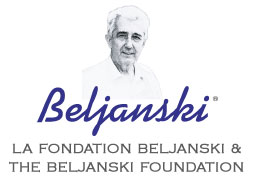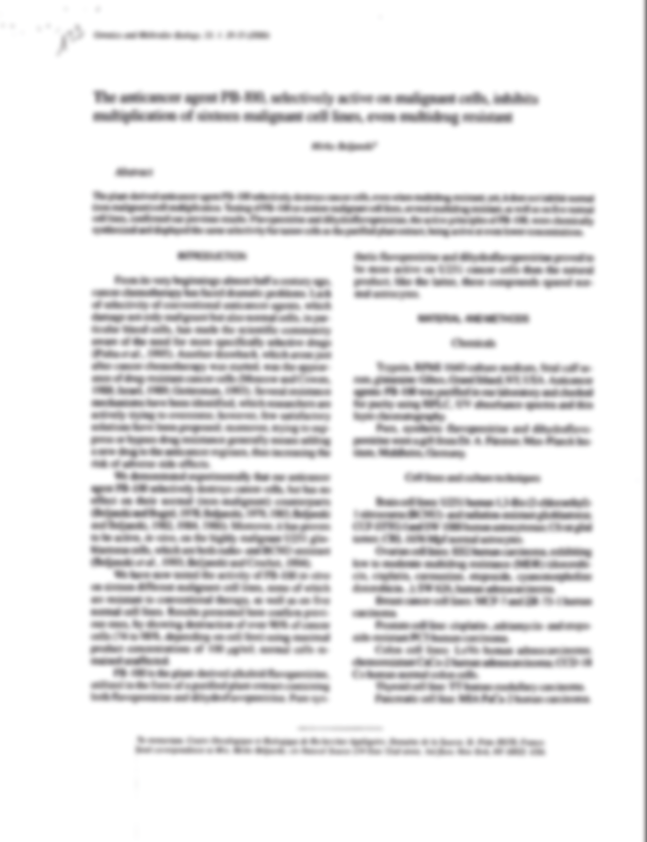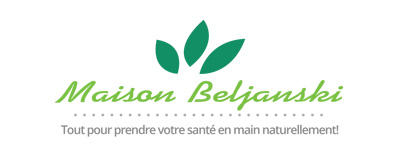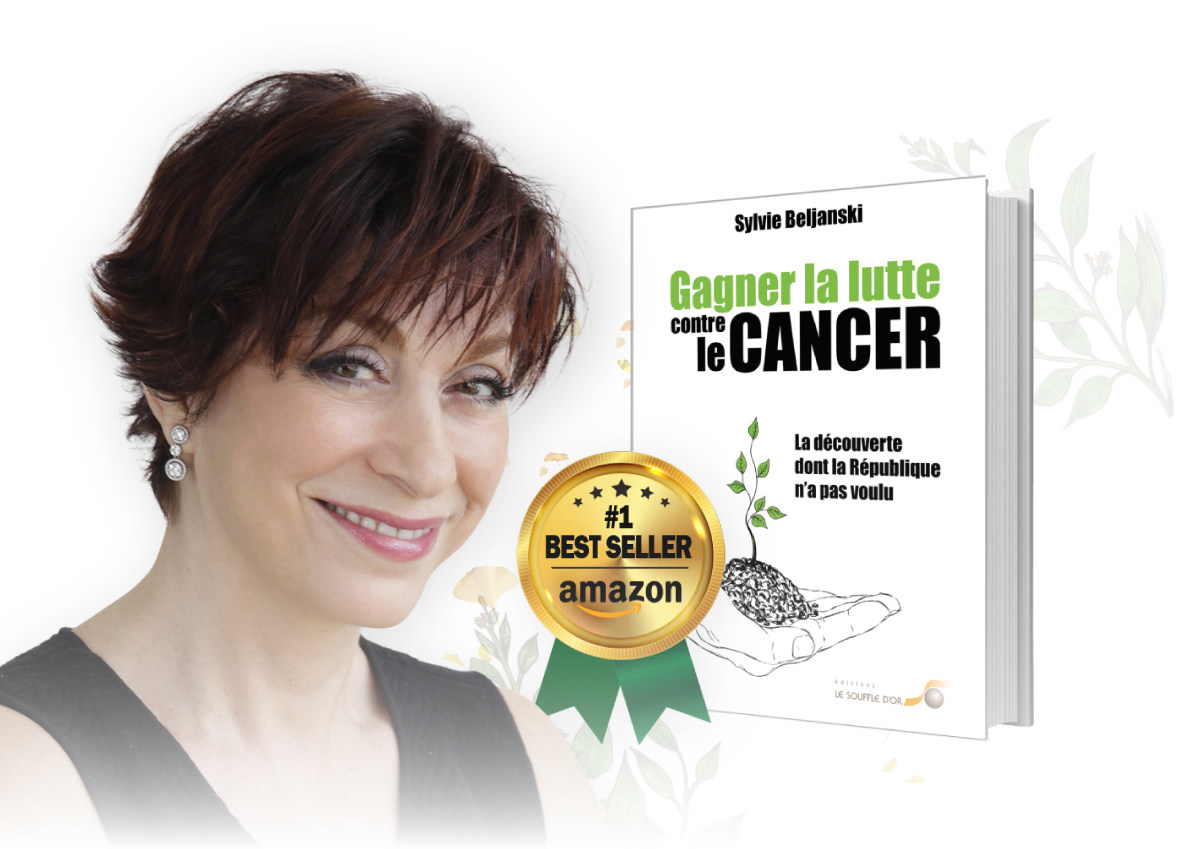72 – RNA fraction from several nononcogenic strains of Agrobacterium tumefaciens as tumor inducing agent in Datura stramonium
XIIth International Botanical Congress. Leningrad, 1975
Article not available online
Article not available online
71 – ARN-amorceurs riches en nucléotides G et A indispensables à la réplication in vitro de l’ADN des phages QX174 et lambda (_)
C.R. Acad. Sci., 1975, 280, pp. 1189-1192 (série D).
Available in French only
ABSTRACT: Les ARN-fragments riches en nucléotides G et A déclenchent en présence d’ADN polymérase ADN dépendante I, la réplication de l’ADN circulaire simple chaîne du phage ΦX 174 en double chaîne ou forme réplicative ainsi que celle de l’ADN du pahge λ.
ABSTRACT: Les ARN-fragments riches en nucléotides G et A déclenchent en présence d’ADN polymérase ADN dépendante I, la réplication de l’ADN circulaire simple chaîne du phage ΦX 174 en double chaîne ou forme réplicative ainsi que celle de l’ADN du pahge λ.
70 – ARN-fragments inhibiteurs “in vivo” de la multiplication des virus du fibrome de Shope et de la vaccine
C.R. Acad. Sci., 1975, 280, pp. 783-789 (série D).
Available in French only
ABSTRACT: Parmi plusieurs ARN-fragments isolés après dégradation des ARN ribosomiques (E.coli M500 Sho-R), seuls certains de ceux obtenus par l’action de la ribonucléase pancréatique inhibent complètement chez le lapin la multiplication des virus du fibrome de Shope et la vaccine, sans compromettre la vie de l’animal.
ABSTRACT: Parmi plusieurs ARN-fragments isolés après dégradation des ARN ribosomiques (E.coli M500 Sho-R), seuls certains de ceux obtenus par l’action de la ribonucléase pancréatique inhibent complètement chez le lapin la multiplication des virus du fibrome de Shope et la vaccine, sans compromettre la vie de l’animal.
69 – Fragments ARN, amorceurs nécessaires à la réplication ” in vitro ” des ADN
C.R. Acad. Sci., 1975, 280, pp. 363-366 (série D).
Available in French only
ABSTRACT: Les fragments ARN obtenus par dégradation ménagée des ARN ribosomiques (E. coli K12) en présence de ribonucléases, agissent avec une certaine spécificité comme amorceurs dans la réplication in vitro des ADN d’origines différentes. Ces résultats rendent possible de prévoir dans une large mesure l’action éventuelle des fragments ARN particuliers dans le processus de la réplication in vivo des ADN. L’introduction dans une cellule déréglée de fragments ARN exogènes pourrait permettre à cette cellule de retrouver sa physiologie normale.
ABSTRACT: Les fragments ARN obtenus par dégradation ménagée des ARN ribosomiques (E. coli K12) en présence de ribonucléases, agissent avec une certaine spécificité comme amorceurs dans la réplication in vitro des ADN d’origines différentes. Ces résultats rendent possible de prévoir dans une large mesure l’action éventuelle des fragments ARN particuliers dans le processus de la réplication in vivo des ADN. L’introduction dans une cellule déréglée de fragments ARN exogènes pourrait permettre à cette cellule de retrouver sa physiologie normale.
68 – Genetic transformation of Agrobacterium tumefaciens B6 by RNA and nature of the tumor-inducing principle
First International Congress of the International Association of Microbiology Soc. Tokyo I.A.M.S., 1974,1, pp. 131-141.
Available in English only
ABSTRACT: The fact that TI-RNA was found to be present in oncogenic and non-oncogenic strains of A. tumefaciens suggests that it is not released in biologically active form from the non-oncogenic strains and that the oncogenic strains have some special mechanisms for introducing the TI-RNA into host cells that is not possessed by the avirulent strains.
ABSTRACT: The fact that TI-RNA was found to be present in oncogenic and non-oncogenic strains of A. tumefaciens suggests that it is not released in biologically active form from the non-oncogenic strains and that the oncogenic strains have some special mechanisms for introducing the TI-RNA into host cells that is not possessed by the avirulent strains.
67 – RNA-Bound Reverse Transcriptase in Escherichia coli and in Vitro Synthesis of a Complementary DNA
Biochemical genetics, 1974, 12, pp. 163-180.
Available in English only
ABSTRACT: RNA-bound reverse transcriptase can be easily distinguished from RNA-free reverse transcriptase and DNA-dependent DNA polymerase after fractionation of extracts from Escherichia coli on a DEAE-cellulose column. This enzyme is capable of synthesizing a DNA-like product in the absence of exogenously added template provided that all four deoxyribonucleoside 5′-triphosphates are present in the incubation mixture. Removal of RNA from the enzyme by RNase leads to a considerably decreased polymerizing activity. The activity can be restored under appropriate conditions either by RNA originating from the enzyme or by transforming RNA excreted by showdomycin-resistant E. coli. Enzyme-bound RNA has several characteristics already found for the transforming RNA. DNA synthesized by RNA-bound reverse transcriptase is complementary to the enzyme-bound RNA.
ABSTRACT: RNA-bound reverse transcriptase can be easily distinguished from RNA-free reverse transcriptase and DNA-dependent DNA polymerase after fractionation of extracts from Escherichia coli on a DEAE-cellulose column. This enzyme is capable of synthesizing a DNA-like product in the absence of exogenously added template provided that all four deoxyribonucleoside 5′-triphosphates are present in the incubation mixture. Removal of RNA from the enzyme by RNase leads to a considerably decreased polymerizing activity. The activity can be restored under appropriate conditions either by RNA originating from the enzyme or by transforming RNA excreted by showdomycin-resistant E. coli. Enzyme-bound RNA has several characteristics already found for the transforming RNA. DNA synthesized by RNA-bound reverse transcriptase is complementary to the enzyme-bound RNA.
66 – Isolation of the Tumor-Inducing RNA from Oncogenic and Nononcogenic Agrobacterium tumefaciens
Proc. National Acadademy of Science (USA), 1974, 71, pp. 1585-1589.
Available in English only
ABSTRACT: Two RNA fractions have been isolated and purified from both oncogenic and nononcogenic strains of Agrobacterium tumefaciens. Both RNAs are capable of inducing the formation of transplantable tumors when introduced at wound sites in stems of Datura stramonium plants. One of these RNA fractions was found to be bound to an RNA-directed DNA polymerase, while the other was associated with the bacterial DNA. Physical evidence suggests that both are single stranded and small in size; linear sucrose gradients show that their size corresponds to a value of 5-6 S. A concentration of 4-5 ug of the RNAs dissolved in 0.01 ml of water is effective in initiating the formation of transplantable tumors in Datura plants.
ABSTRACT: Two RNA fractions have been isolated and purified from both oncogenic and nononcogenic strains of Agrobacterium tumefaciens. Both RNAs are capable of inducing the formation of transplantable tumors when introduced at wound sites in stems of Datura stramonium plants. One of these RNA fractions was found to be bound to an RNA-directed DNA polymerase, while the other was associated with the bacterial DNA. Physical evidence suggests that both are single stranded and small in size; linear sucrose gradients show that their size corresponds to a value of 5-6 S. A concentration of 4-5 ug of the RNAs dissolved in 0.01 ml of water is effective in initiating the formation of transplantable tumors in Datura plants.
65 – Synthèse in vitro d’un ARN utilisé comme amorceur pour la réplication de l’ADN
C.R. Acad. Sci., 1974, 278, pp. 1413-1416 (série D).
Available in French only
ABSTRACT: Nous montrons ici que, in vitro, la PNPase des bactéries sauvages d’E. coli synthétise à 70° un ARN (ARN-70°) que l’ADN polymérase ADN dépendante d’origine bactérienne utilise comme amorceur pour la synthèse des nouvelles chaînes d’ADN.
ABSTRACT: Nous montrons ici que, in vitro, la PNPase des bactéries sauvages d’E. coli synthétise à 70° un ARN (ARN-70°) que l’ADN polymérase ADN dépendante d’origine bactérienne utilise comme amorceur pour la synthèse des nouvelles chaînes d’ADN.
64 – Transforming RNA as a template directing RNA and DNA synthesis in bacteria
In Niu and Segal (eds), The Role of RNA in reproduction and development. North Holland Publ.Co., 1973, pp.203-224.
Available in English only
ABSTRACT: Attempts were made to approach the mechanism by which the transfer of information is carried by transforming RNA from Escherichia coli. Transforming RNA, capable of inducing inherited changes in recipient cells, is used in vitro as a template by two distinct enzymes which mediate the transfer of information from RNA to RNA and DNA respectively. Using transforming RNA as a template, polynucleotide phosphorylase insensitive to rifampicin, synthesizes a product which was characterized as being a “copy” of template RNA. Reverse transcriptase, which can be physically separated from DNA polylerase, transcribes the transforming RNA into a complementary DNA product. According to hybridization experiments, DNA from Agrobacterium tumefaciens transformed by E. coli transforming RNA seems to contain one or less than one copy of complementary DNA.
ABSTRACT: Attempts were made to approach the mechanism by which the transfer of information is carried by transforming RNA from Escherichia coli. Transforming RNA, capable of inducing inherited changes in recipient cells, is used in vitro as a template by two distinct enzymes which mediate the transfer of information from RNA to RNA and DNA respectively. Using transforming RNA as a template, polynucleotide phosphorylase insensitive to rifampicin, synthesizes a product which was characterized as being a “copy” of template RNA. Reverse transcriptase, which can be physically separated from DNA polylerase, transcribes the transforming RNA into a complementary DNA product. According to hybridization experiments, DNA from Agrobacterium tumefaciens transformed by E. coli transforming RNA seems to contain one or less than one copy of complementary DNA.




